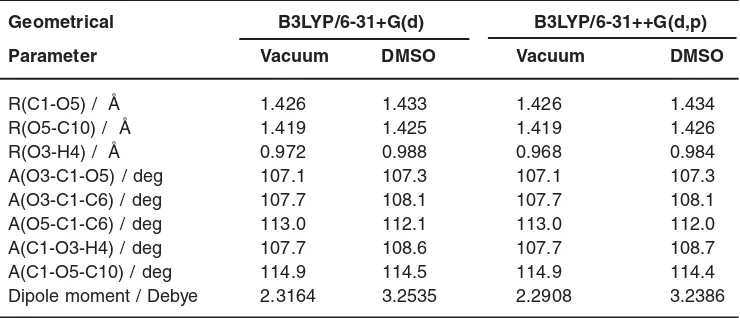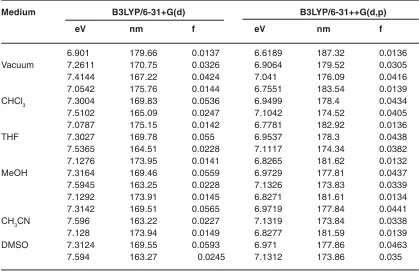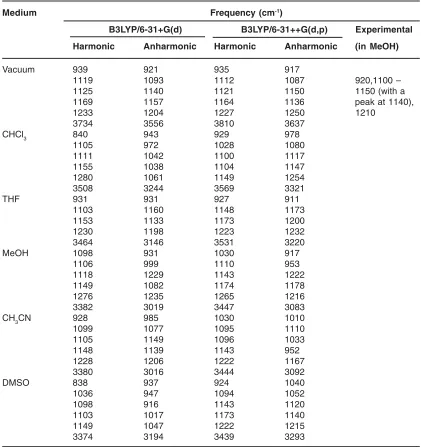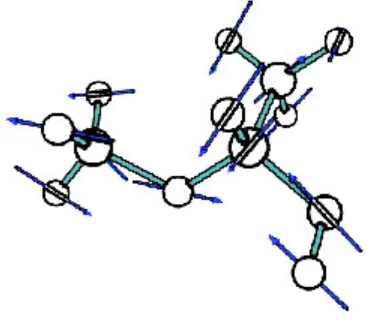A Theoretical Study of Spectroscopic Properties of a Hemiacetal by TDDFT Method
Full text
Figure




Related documents
Schedule 2: Selected Educational, General and Other Funds 83rd Regular Session, Agency Submission, Version 1 Automated Budget and Evaluation System of Texas (ABEST) 745
In this study, the REC review of the ICP in a proposal is not limited to the documentation of consent (i.e., Participant Information Sheet (PIS) and Informed Consent/Assent Forms
These data, the first to examine several critical aspects of how providers experience, view and make decisions about unconventional reproductive arrangements, sug- gest that
Knowledge and use of insecticide treated nets as a malaria preventive tool among pregnant women in a local government area of Lagos state,
A basic task in sentiment analysis is classifying the polarity of a given text at the document, sentence, or feature/aspect level—whether the expressed opinion in
In [ 40 ], a HetNet scenario with a macro-cell base station (MBS) equipped with a large-scale antenna array (massive MIMO) overlaying a number of small cells maintains high QoS
In this article, we investigate the meromorphic solutions of certain non-linear difference equations using Tumura-Clunie theorem and also provide examples which satisfy our
This study investigates the potential of bimetal impregnated catalysts supported on activated carbon derived from biomass for Selective Catalytic Reduction (SCR) of Nitrogen

